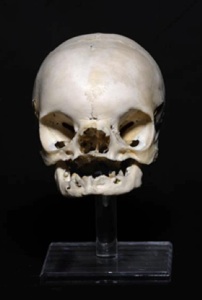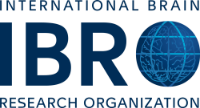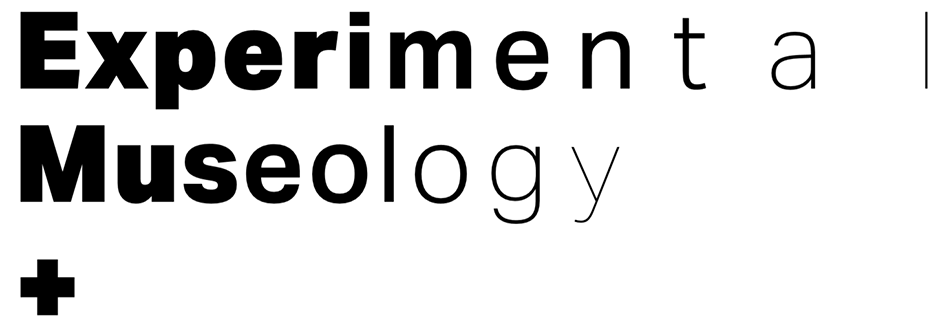|
About
The Brain Bank located in the ground floor of Neurobiology Research Centre, has continued the mandated activities of (a) collection of donated brains from cases of Neurodegenerative and Infective conditions (b) collection of brains from victims of Road Traffic Accidents, as relatively normal controls (c) Distribution of the brain tissue, CSF and serum for investigative studies. These brain specimens were collected following written informed consent from close relatives. During the year 2013-2014, brains were collected from cases of schizophrenia, stroke, brain mass lesion, HIV and TBM – two cases each. In addition 32 fresh brain biopsy samples following epilepsy surgery were collected and stored only after taking the tissue for diagnostic work. These samples were stored at -86oC. Forty four cadaver hearts from victims of road traffic accidents were collected and provided for homograft transplantation to Jayadeva Institute of Cardiology and Research Centre, Manipal Hospital and Narayana Hrudayalaya. Required brain tissues from various anatomical areas, CSF samples from normal controls and diseased states were distributed to 15 scientists for their research work throughout India. In collaboration with Institute of Bioinformatics, proteomics studies were continued in cases of tuberculous meningitis, cryptococcal meningitis, toxoplasma encephalitis, cerebral malaria, rabies encephalitis and schizophrenia. In these studies some seminal observations were reported.
Human Brain Bank is actively involved in promotion of neuroscience and public awareness programmes about cadaver organ donation and brain donation. Limited number of teaching slides of neuroinfections has been provided to various institutions across the country for teaching purposes. The staff of HBTR participated in the annual conference of Indian Epilepsy Association, Bangalore Chapter as volunteers. During the exhibition, 950 school children, 100 teachers from 9 schools visited the exhibition. The co-ordinator of the Brain Bank has been conducting classes in Neuroanatomy and Neuropathology as a part of Ph.D Neuroscience module and to the DM/MCh/MD Pathology students posted in Department of Neuropathology. As a public awareness event, Organ Donation Day with the distribution of green ribbon was conducted on 6th August 2013 by Mr.Suresh Parmar (Sr.Research Fellow, HBTR) and Mr.Raveendra, NRC Receptionist. Sixty seven research scholars and trainees working in various section of NRC and some administrative staff pledged their organs/brain by signing the consent form and donor card. Many more are coming forward. Healthy Heart Association of Bangalore felicitated Dr.S.K.Shankar and Dr.Anita Mahadevan for their contribution in popularizing the organ donation, Brain Banking and promotion of neuroscience in schools and colleges. Seven research articles have been published during the year utilizing the material from the Brain Bank, the Principal Co-ordinator and Associate Co-ordinator as co-authors.
|







